NYC opens applications for new outdoor dining program, unveils modular sheds
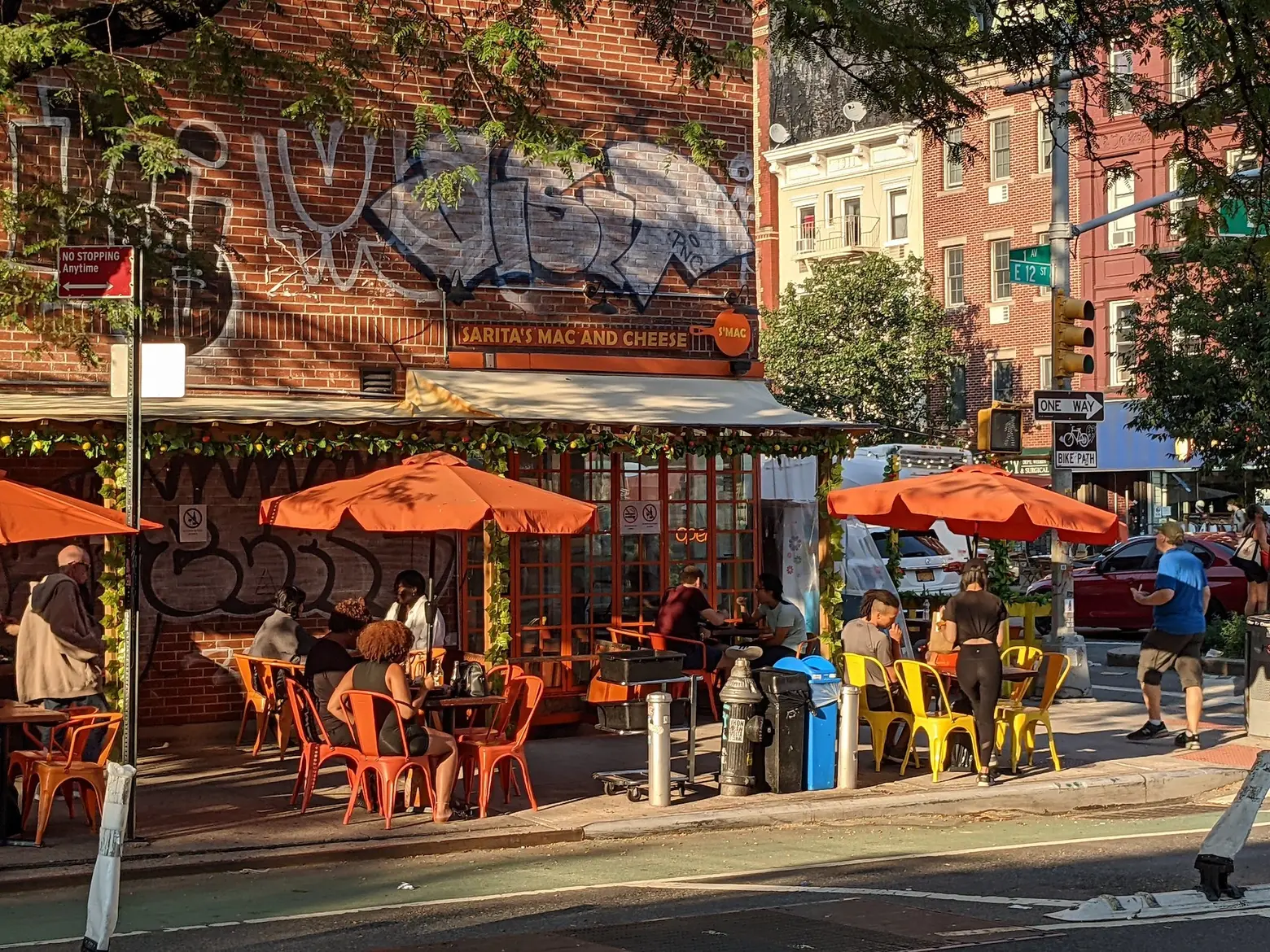
Photo by Eden, Janine and Jim on Flickr
Say hello to the future of outdoor dining in New York City. Mayor Eric Adams on Tuesday launched the application process for restaurants to take part in Dining Out NYC, the city’s permanent outdoor dining program, and unveiled prototypes of the allowable roadway dining sheds. Designed by WXY architecture + urban design and fabricated by SITU, the customizable prototypes are made of materials from a standard kit, which makes it easier for restaurants to abide by the program’s new guidelines.
Passed by the City Council in May, the city’s new outdoor dining program makes outdoor dining a permanent fixture of city life and builds upon the successes of the program during the pandemic.
The permanent plan implemented a series of changes to the rules surrounding dining sheds, prohibiting their use between November 31 and March 31 and setting clear guidelines for how they must look and be positioned on the street. For example, the setups must maintain clear paths on sidewalks and emergency roadway lanes.
Under the new program, enclosed “streeteries” are prohibited, and instead, dining structures are required to use umbrellas, awnings, or other coverings that are easily removable. The structures must also be clear to see, accessible for people with physical disabilities, have drainage infrastructure, and use rat-protective measures.
The prototypes unveiled this week feature four flexible configurations designed for different “street contexts,” including a corner, mid-block, floating parking lane, and steep street setup.
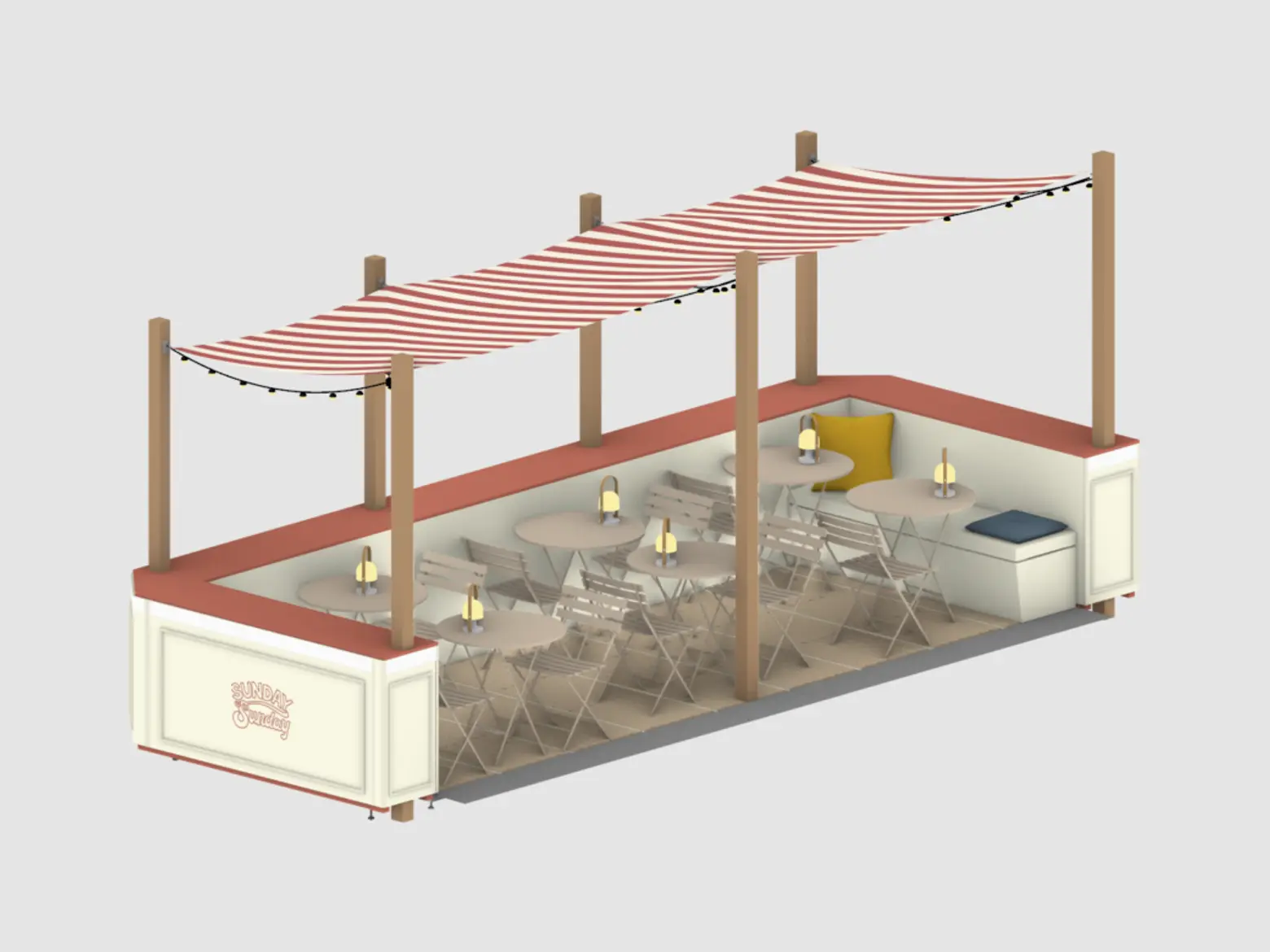
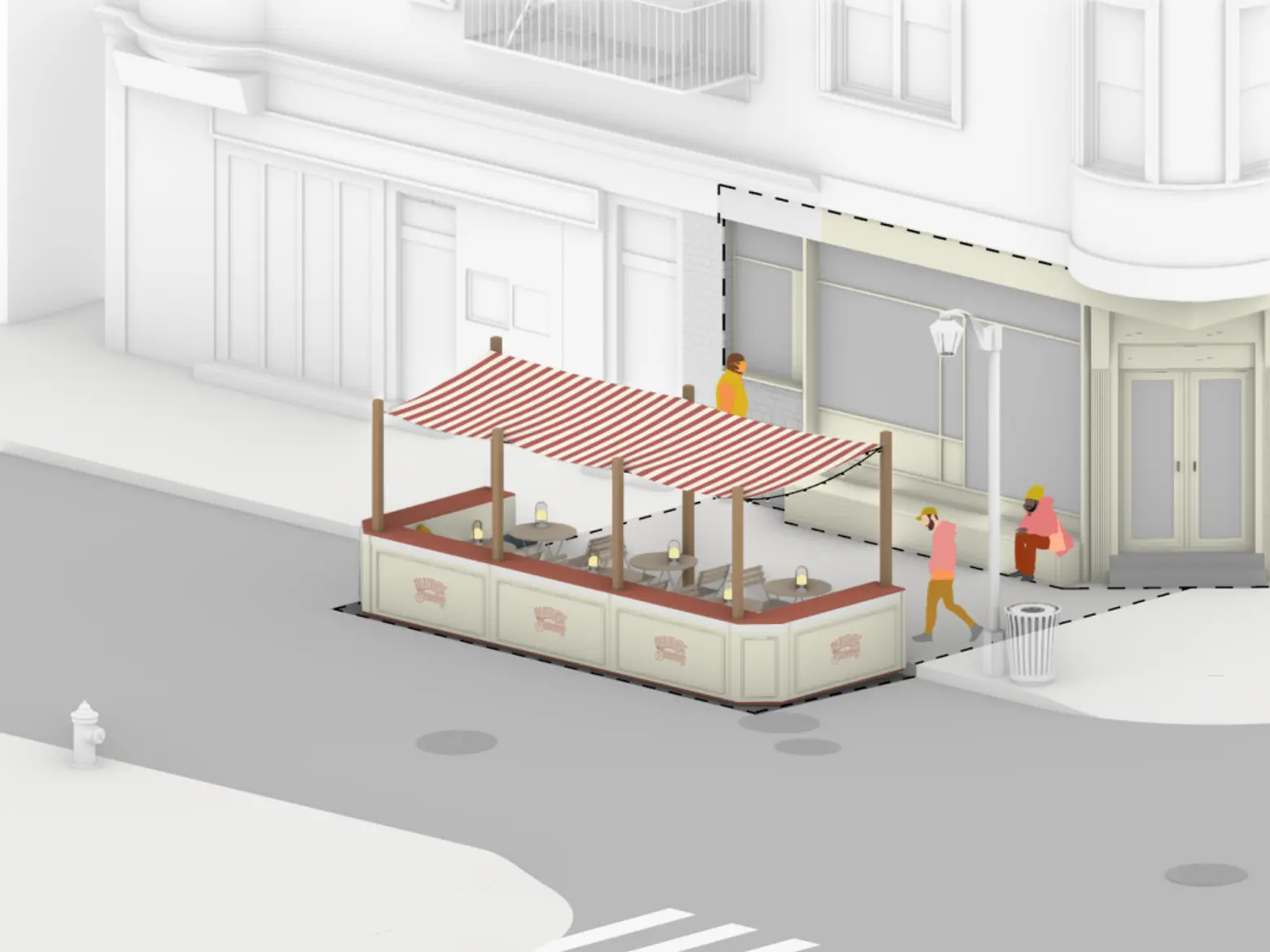
The corner setup features an aluminum barrier with “marine plywood sheathing,” an aluminum floor with “wood paver infills,” and an overhead covering made of wood posts and a fabric canopy. It also includes string lighting, rechargeable table lights, a storage bench, and removable panels.
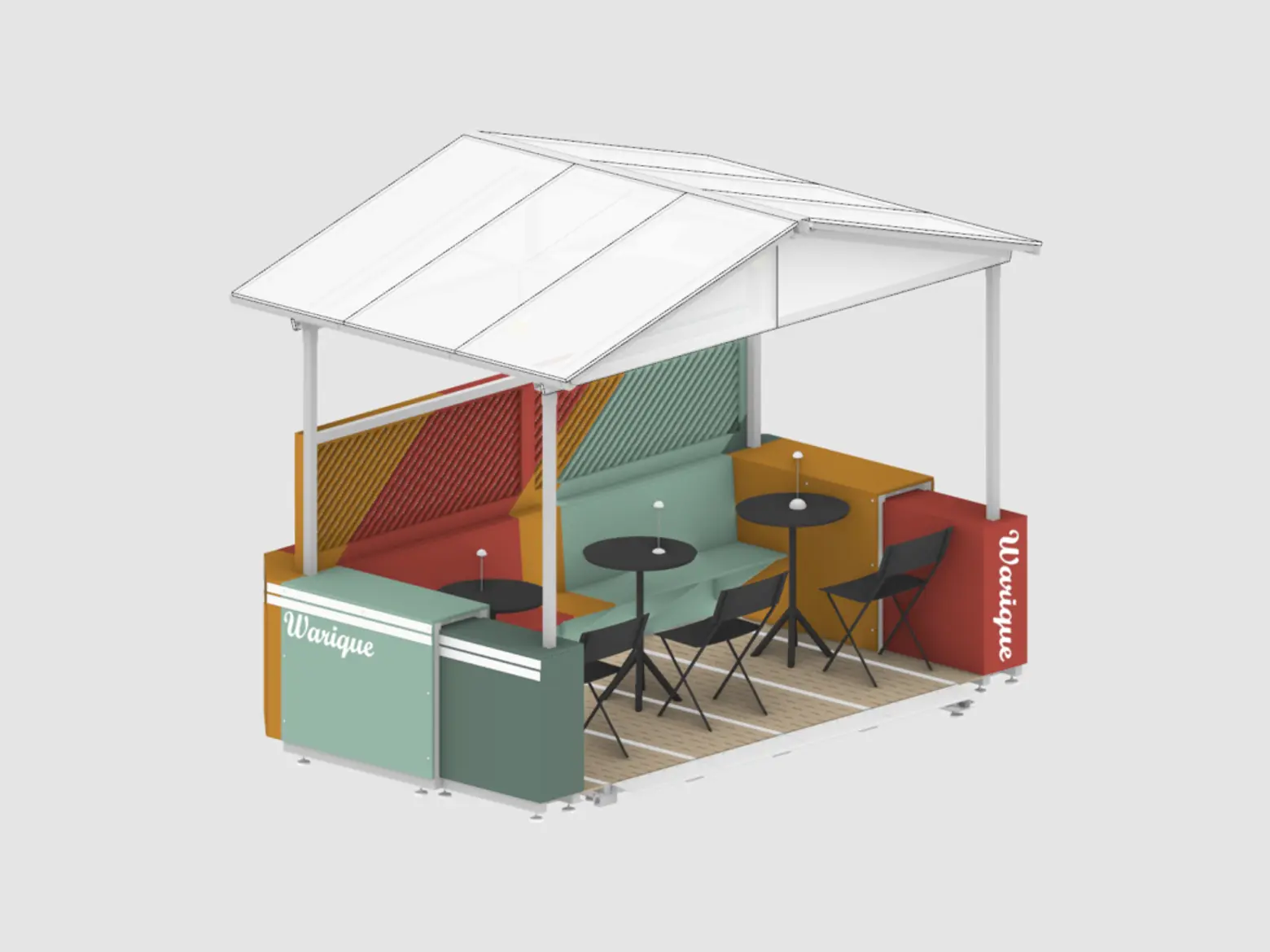
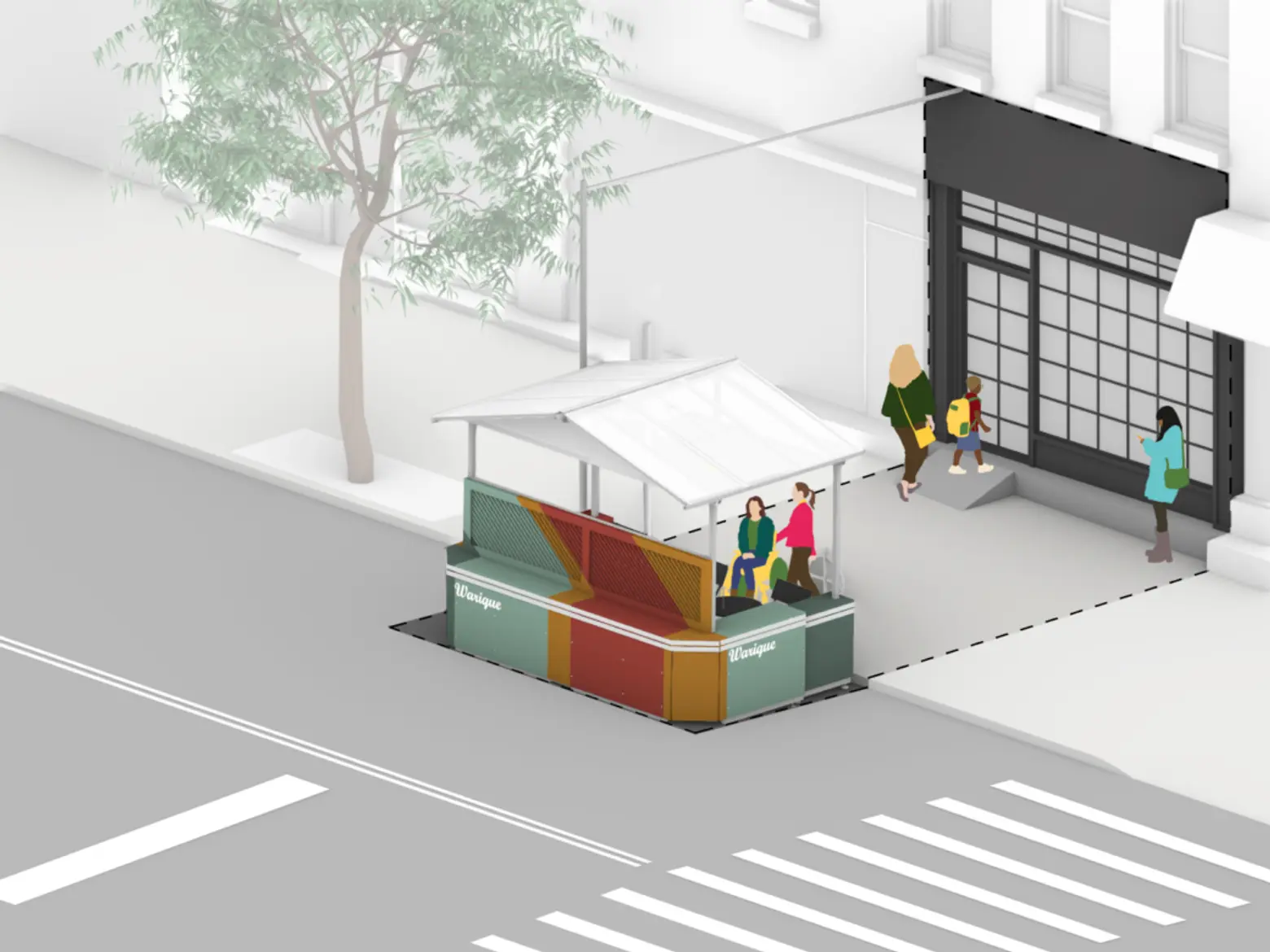
The mid-block setup also features an aluminum barrier with marine plywood sheathing and an aluminum floor but includes a more rigid canopy consisting of aluminum and polycarbonate panels. Additional features include an electrical connection to power a fan, table lights, and an integrated bench to save space.
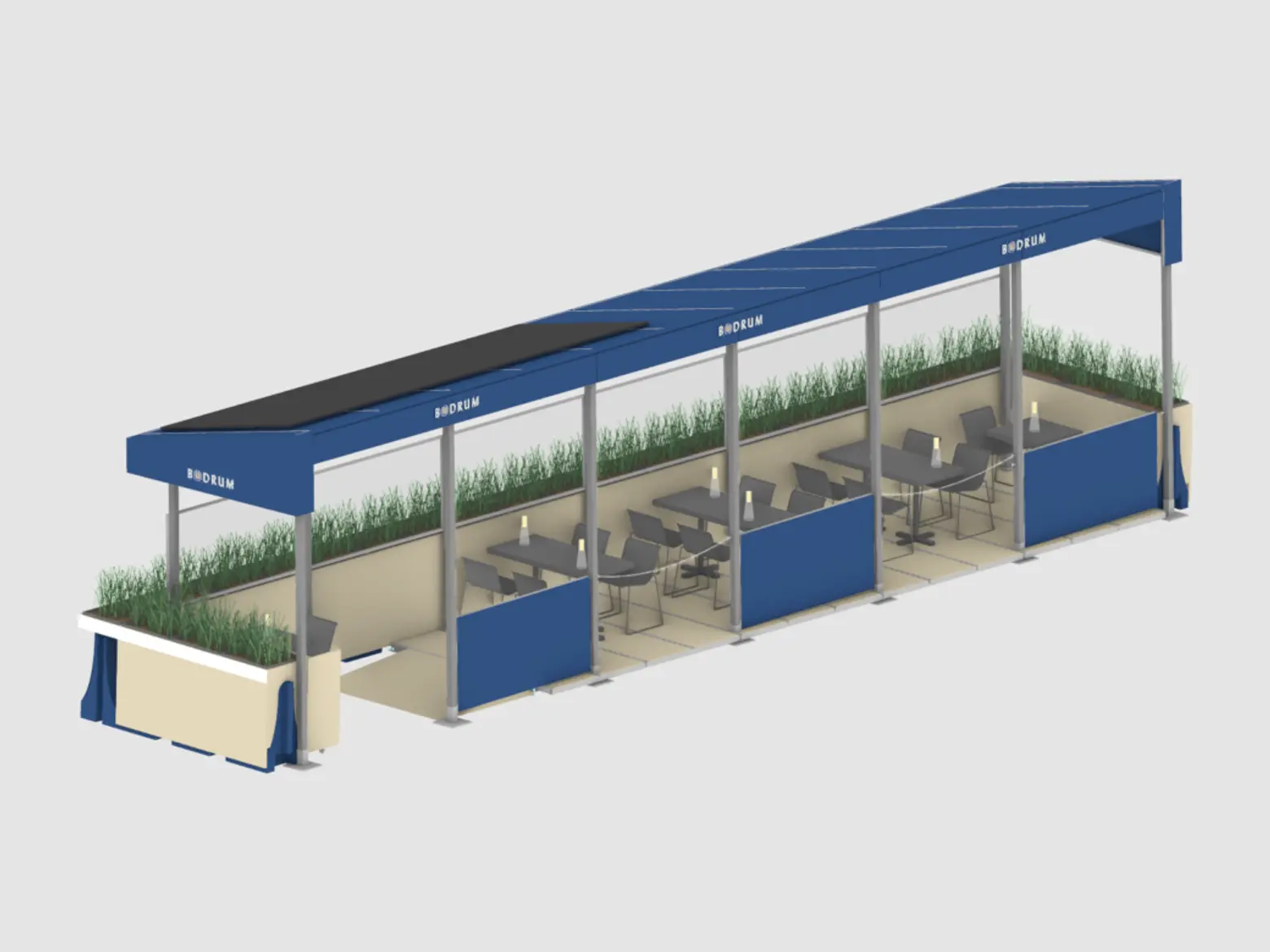

The floating parking lane prototype showcases a marine plywood barrier, an aluminum floor with marine plywood tiles a removable accessibility ramp, and a rigid canopy made of aluminum and “vestibule panel covering.” It also features planters for greenery, a guard made of vestibule panels, and a chain link enclosure.
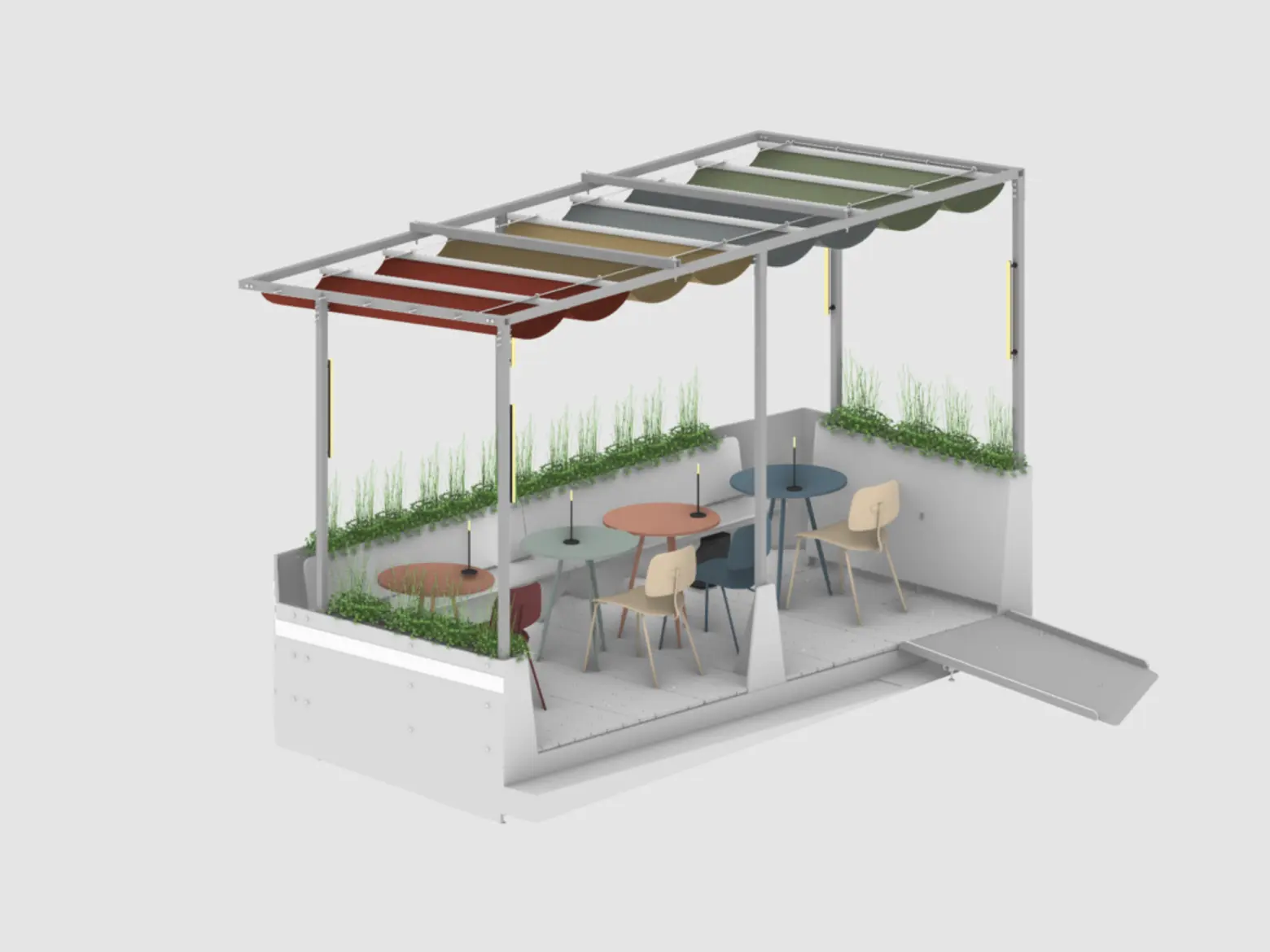
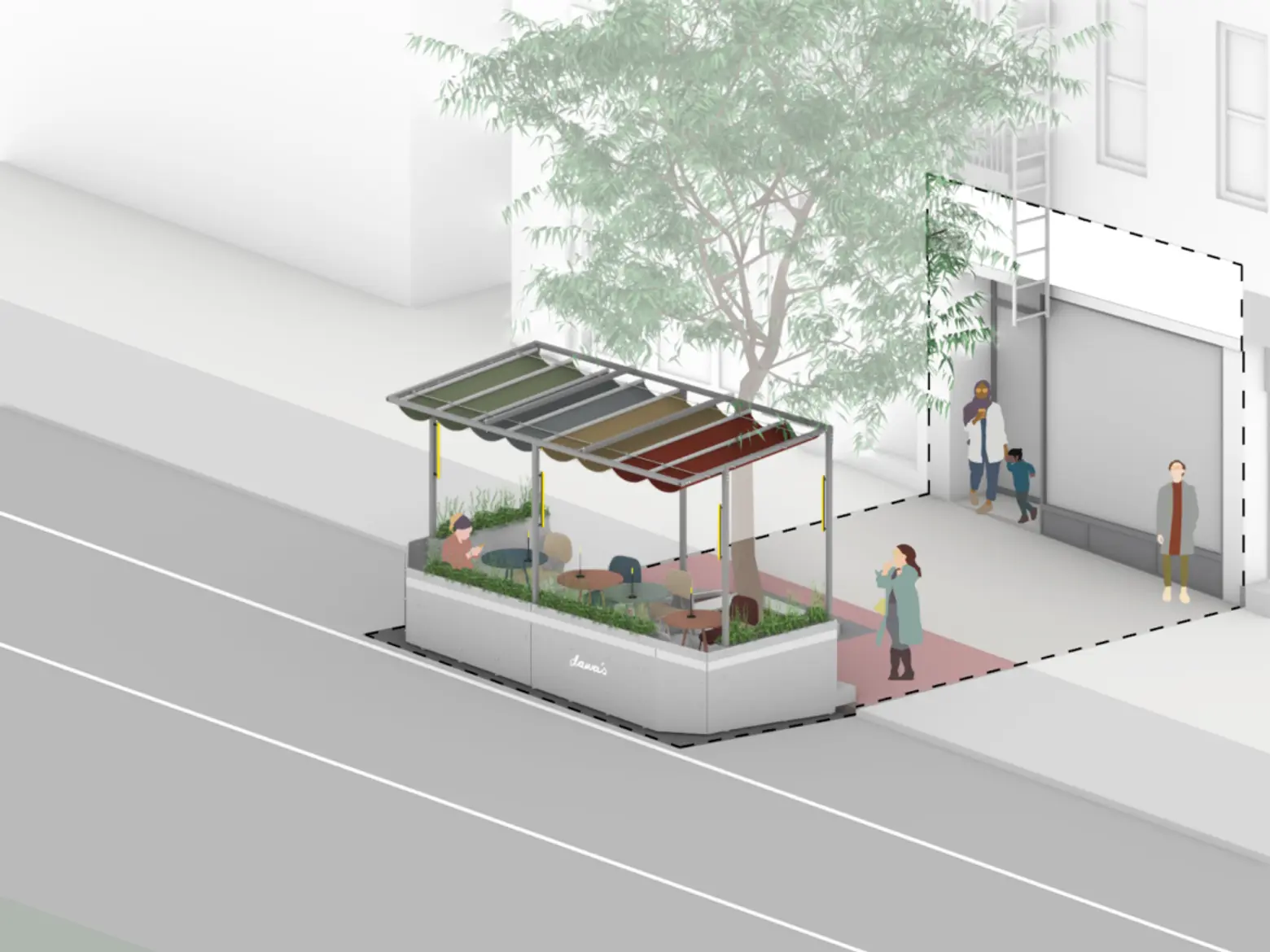
Finally, the steep street setup features an aluminum barrier with sheet metal cladding, a square steel tubing floor structure with floorboards, a metal accessibility ramp and steps, and an overhead canopy with retractable fabric. This setup also features battery-operated table lights, planters, and integrated bench seating.
The prototypes were designed, tested, and evaluated over a months-long process by a multidisciplinary team led by WXY and SITU, and included Silman Engineering, Sighte Studio, and Nikoa Evans.
“SITU’s experience with the nitty gritty details of fabrication complements WXY’s experience with urban design. The partnership has proven really fruitful in the search for novel solutions to the problems posed by the pandemic-era street dining program,” SITU Partner Michael Brotherton said.
Four restaurants were chosen by the Department of Transportation to test out the prototypes, including Dawa’s in Woodside, Bodrum on the Upper West Side, Sunday to Sunday on the Lower East Side, and Warique in Jackson Heights, according to Curbed.
DOT said it notified all restaurants currently part of the city’s temporary program to submit applications for Dining Out NYC. All restaurants are encouraged to apply for the permanent program, regardless of whether they participated in the temporary one.
Restaurants currently part of the city’s temporary program must apply to the permanent program by August 3 to continue offering outdoor dining through the approval process.
Businesses located within historic districts or landmarked sites must get approval from the Landmarks Preservation Commission before seeking a license for a sidewalk or roadway cafe.
Costs of participating in the program vary depending on the restaurant’s location and the size of its outdoor dining space. Restaurants will have to pay two separate fees, a license fee and a revocable consent fee.
License fees cost $1,050 for a roadway or sidewalk cafe, or $2,100 for both a roadway and sidewalk cafe. Both license fees cover outdoor dining for four years.
The revocable consent fee is paid each year of the four-year term and is also determined based on the restaurant’s location and the size of its outdoor dining space. Prices range from $6 to $31 per square foot for sidewalk cafes and from $5 to $25 for roadway cafes.
“We’re getting outdoor dining right, getting sheds down, getting trash off our streets, and fundamentally changing what it feels like to be outside in New York City,” Adams said.
“The portal we’re opening today will make it easy for restaurants to participate in Dining Out NYC, build setups that work for diners, owners, neighbors, and our city, and continue to hire workers and serve satisfied customers.”
The first approved outdoor dining setups are expected to grace the city streets this summer.
RELATED:
Explore NYC Virtually
Leave a reply
Your email address will not be published.
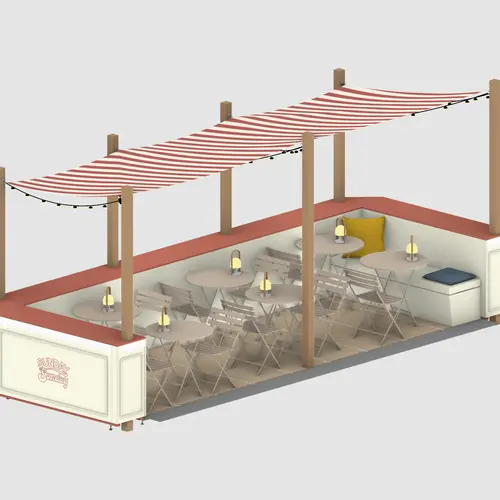
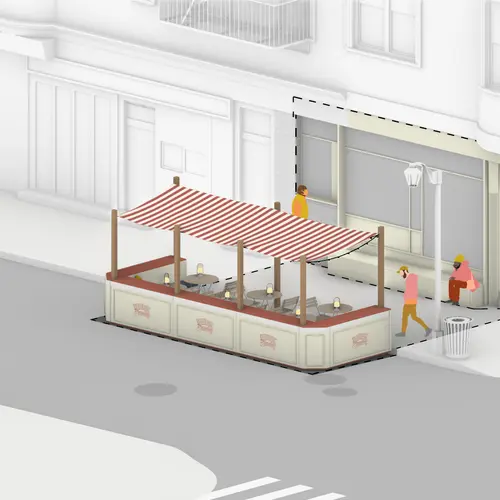
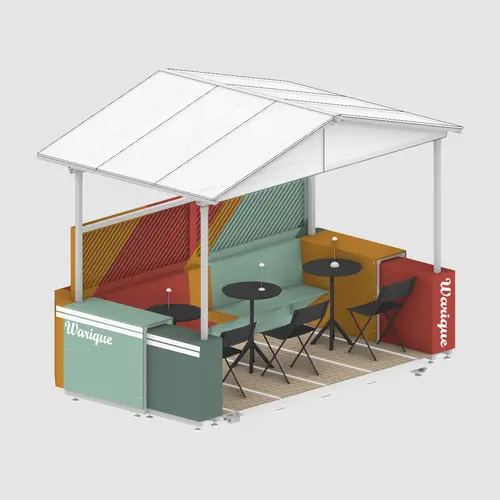
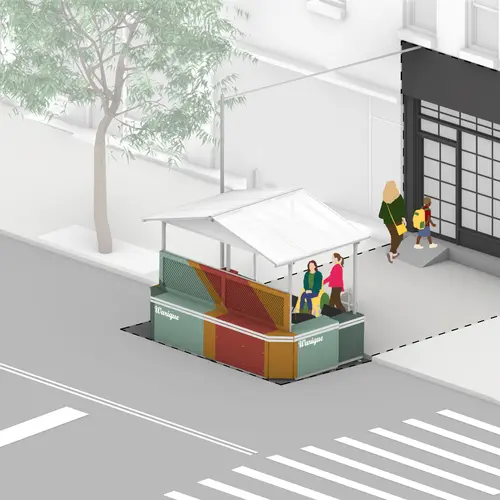
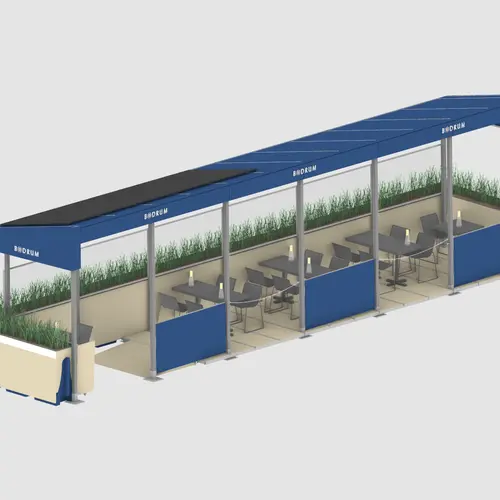
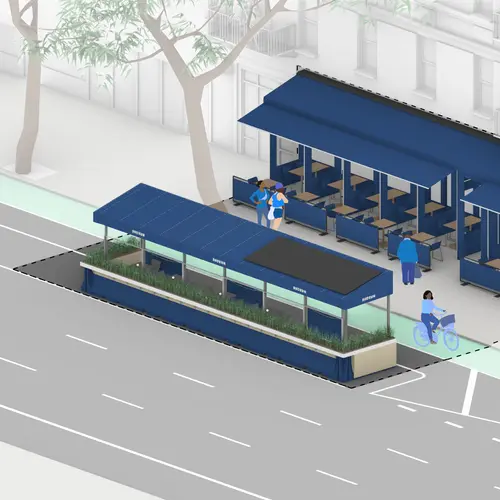
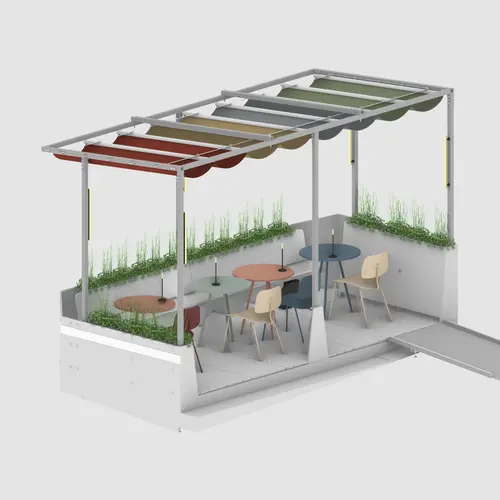
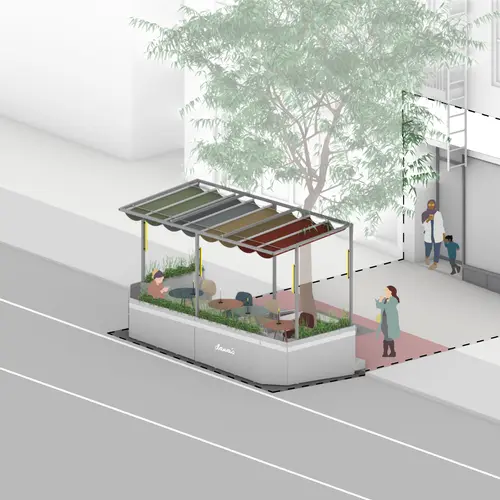











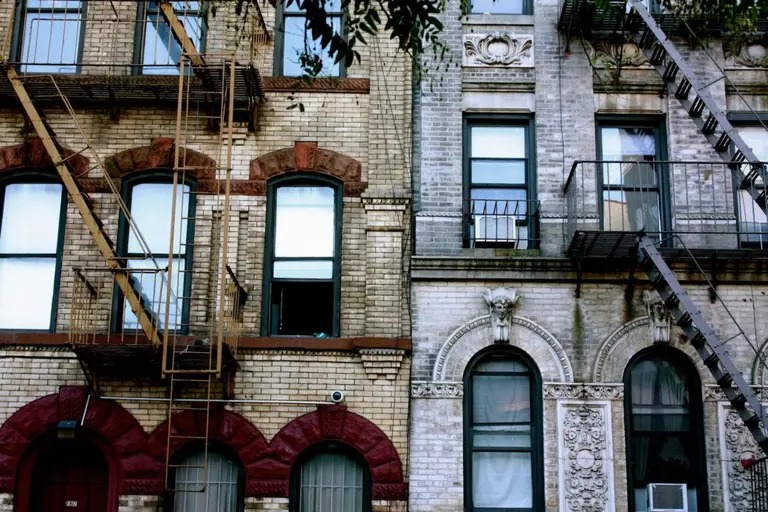

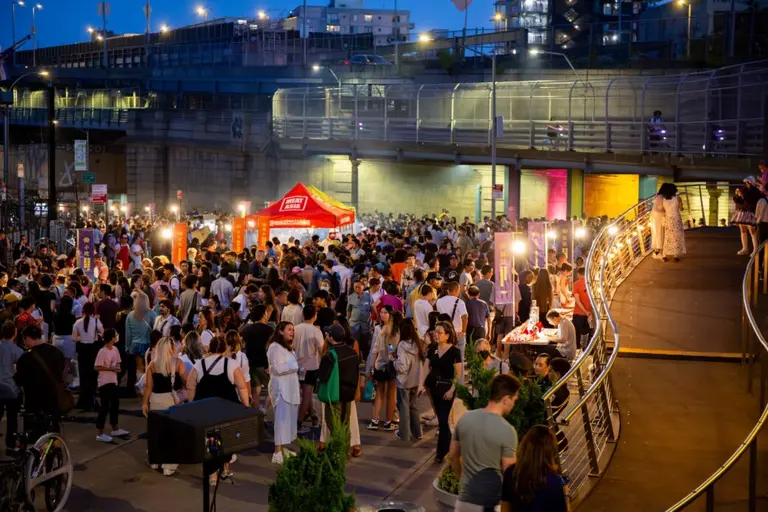













I’m glad the city has not mandated floors. In four years of photographing outdoor dining shelters (www.howweate.com) by far the cleanest ones put tables and chairs on the street. Simple, easy to clean. Not every place can, but those that have are clean.